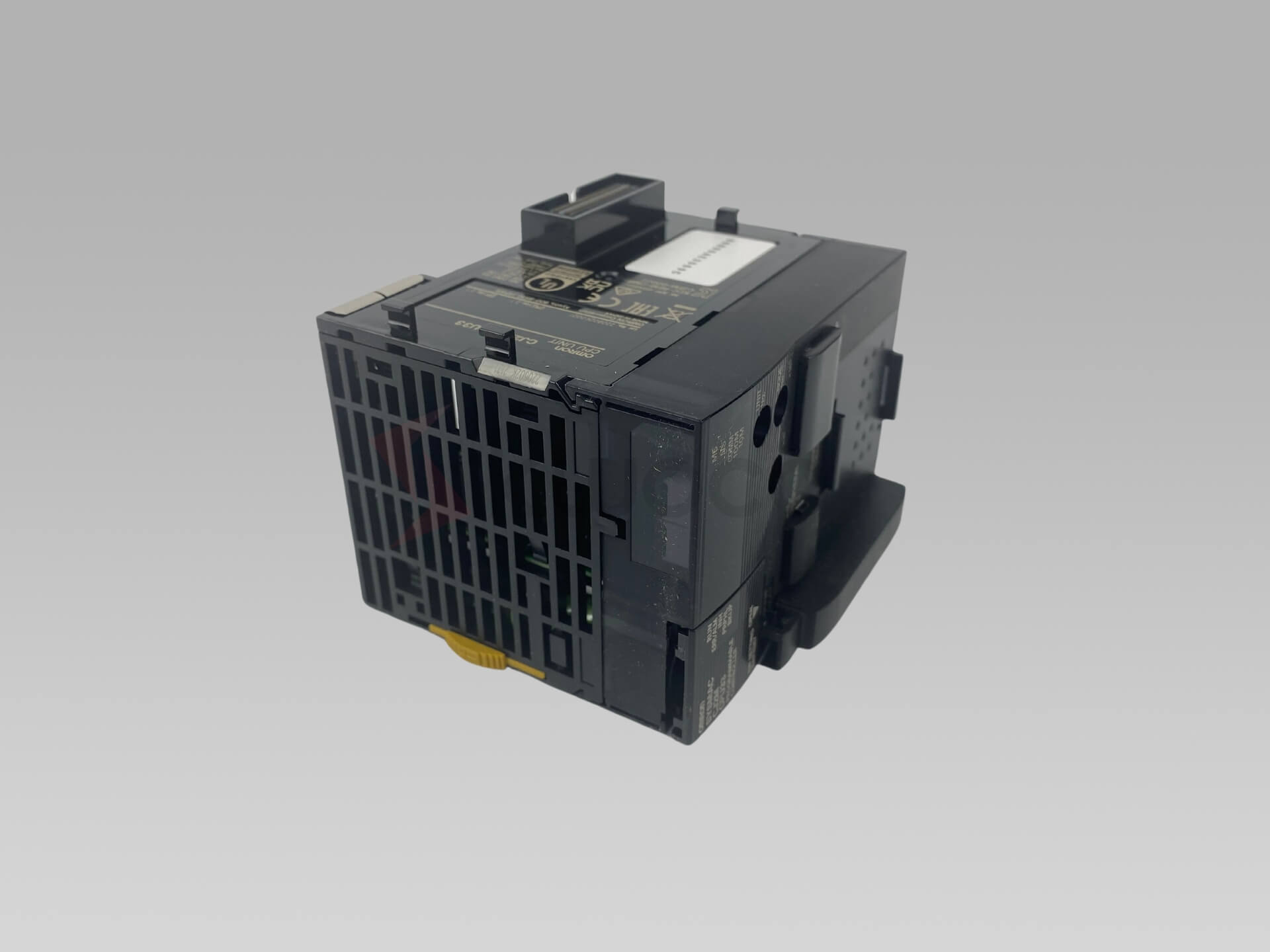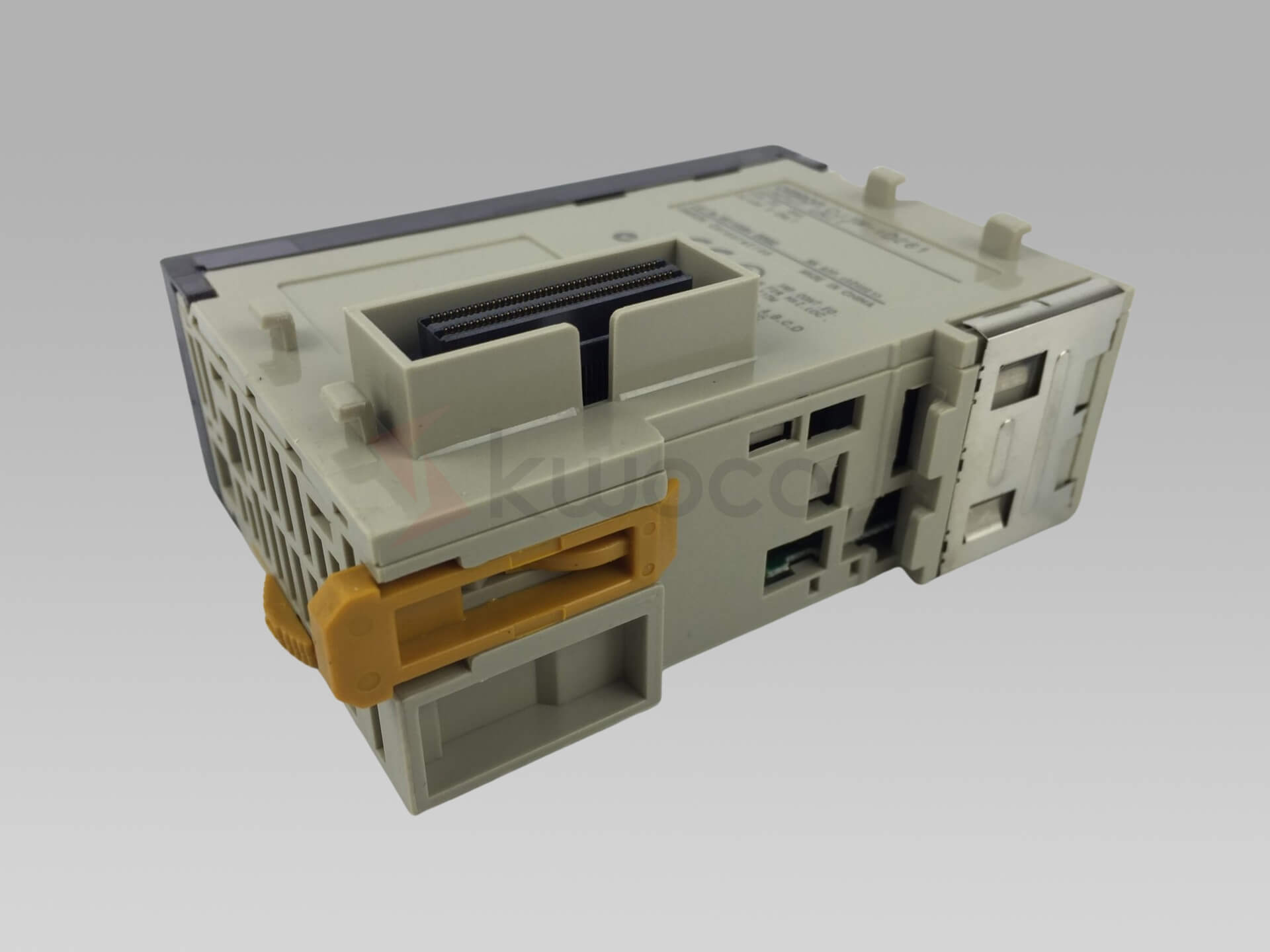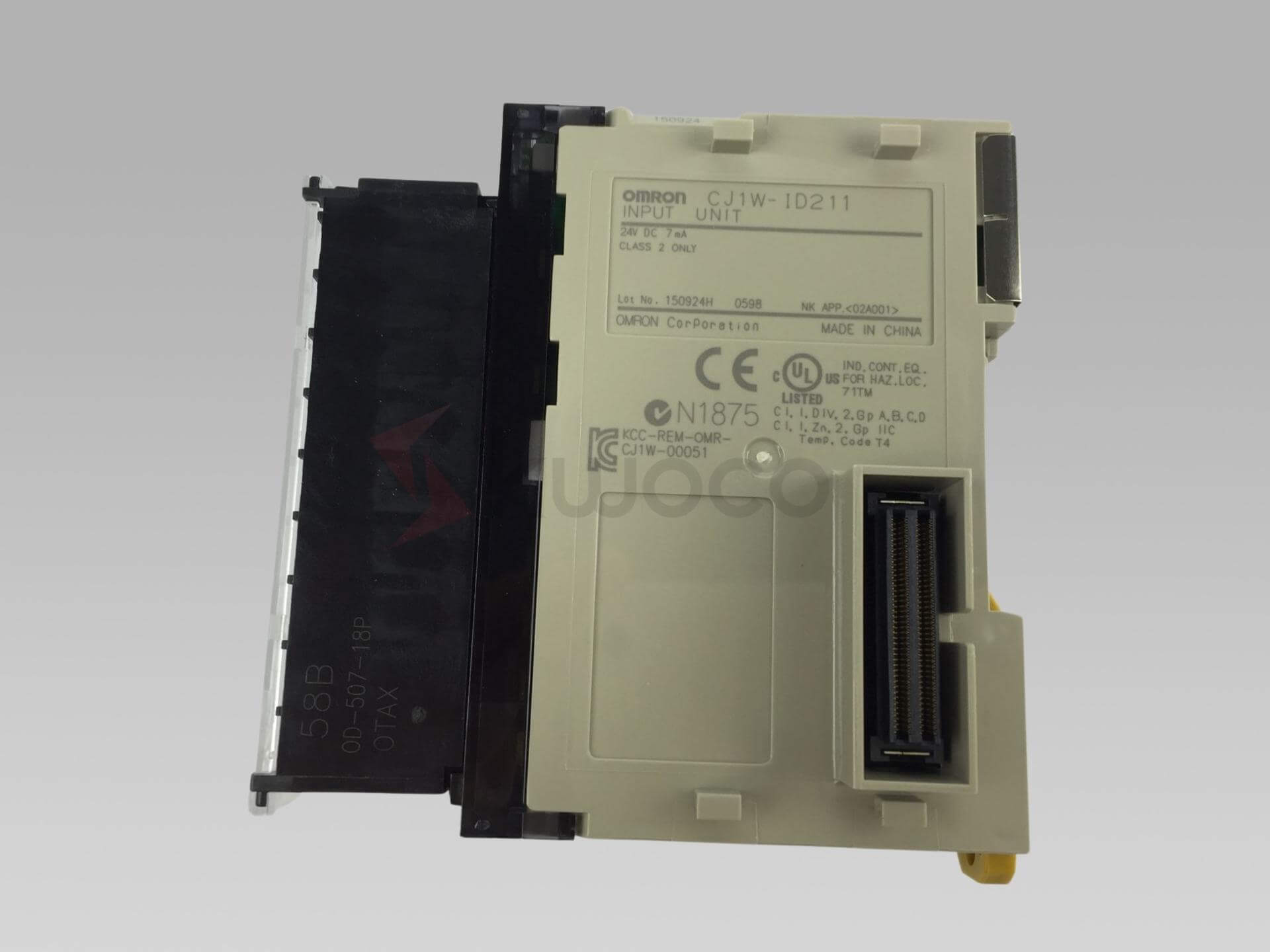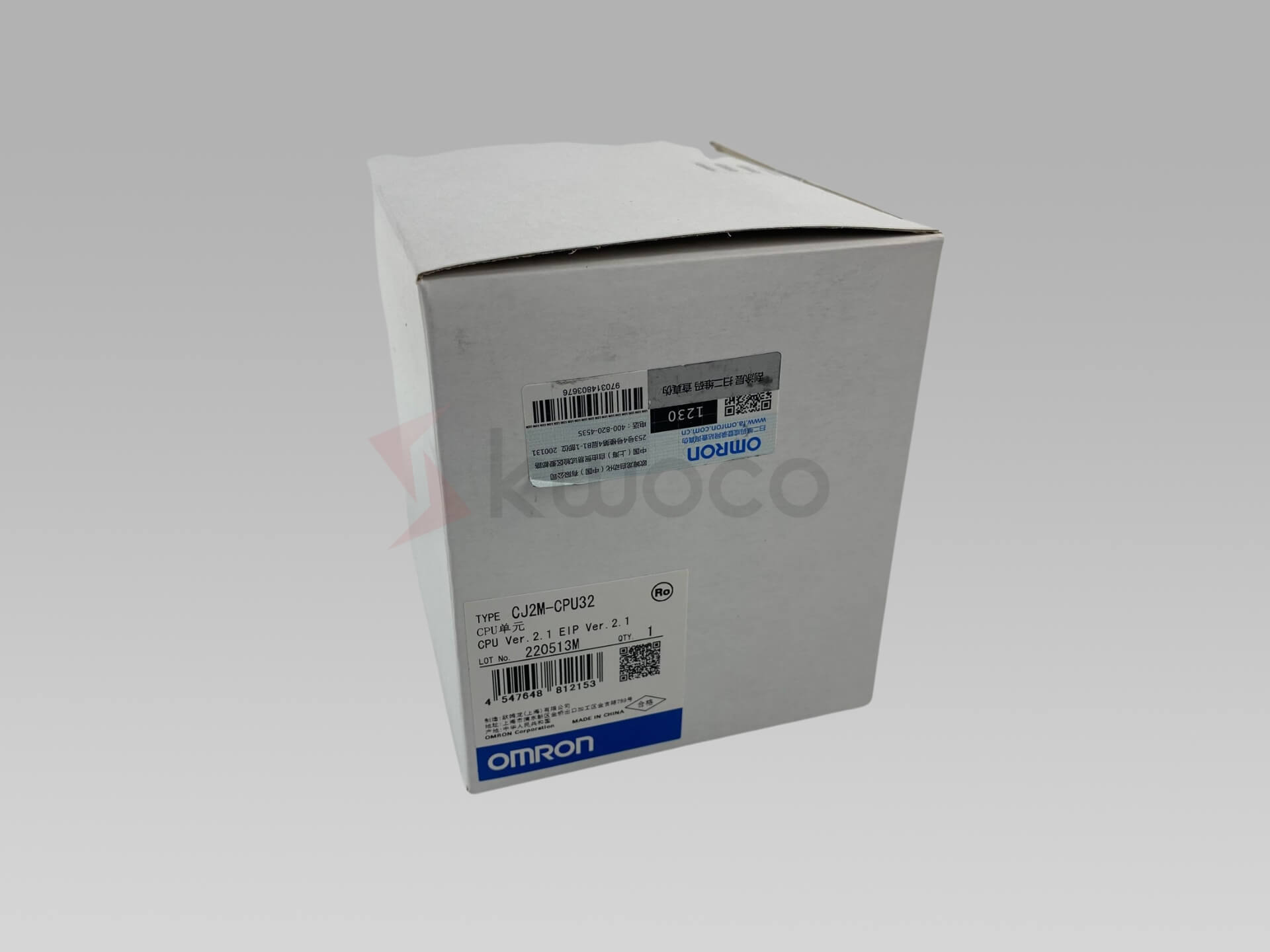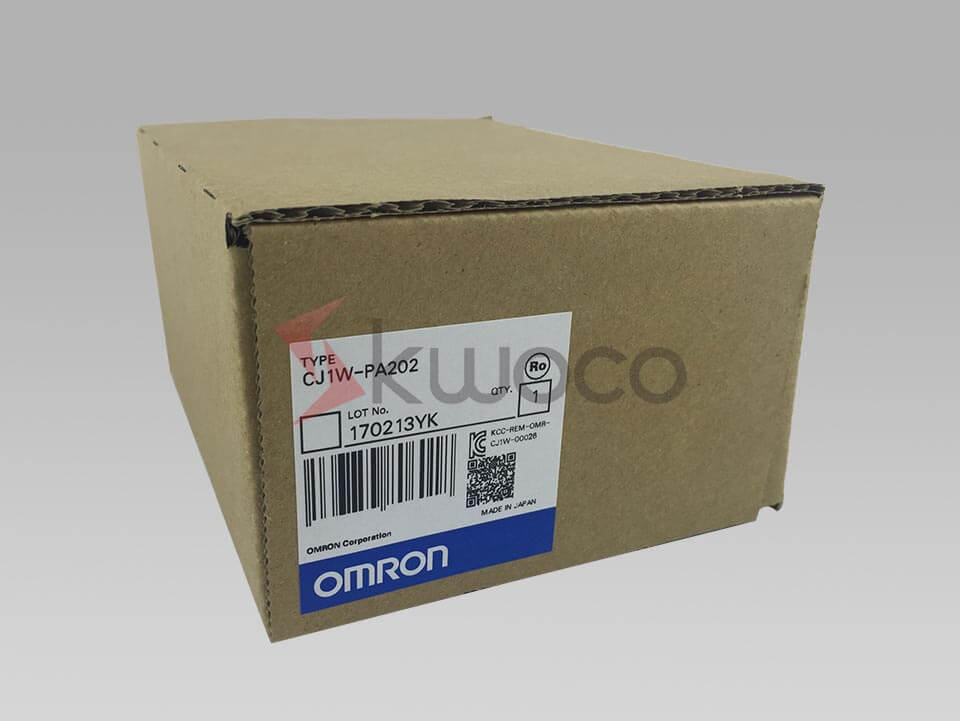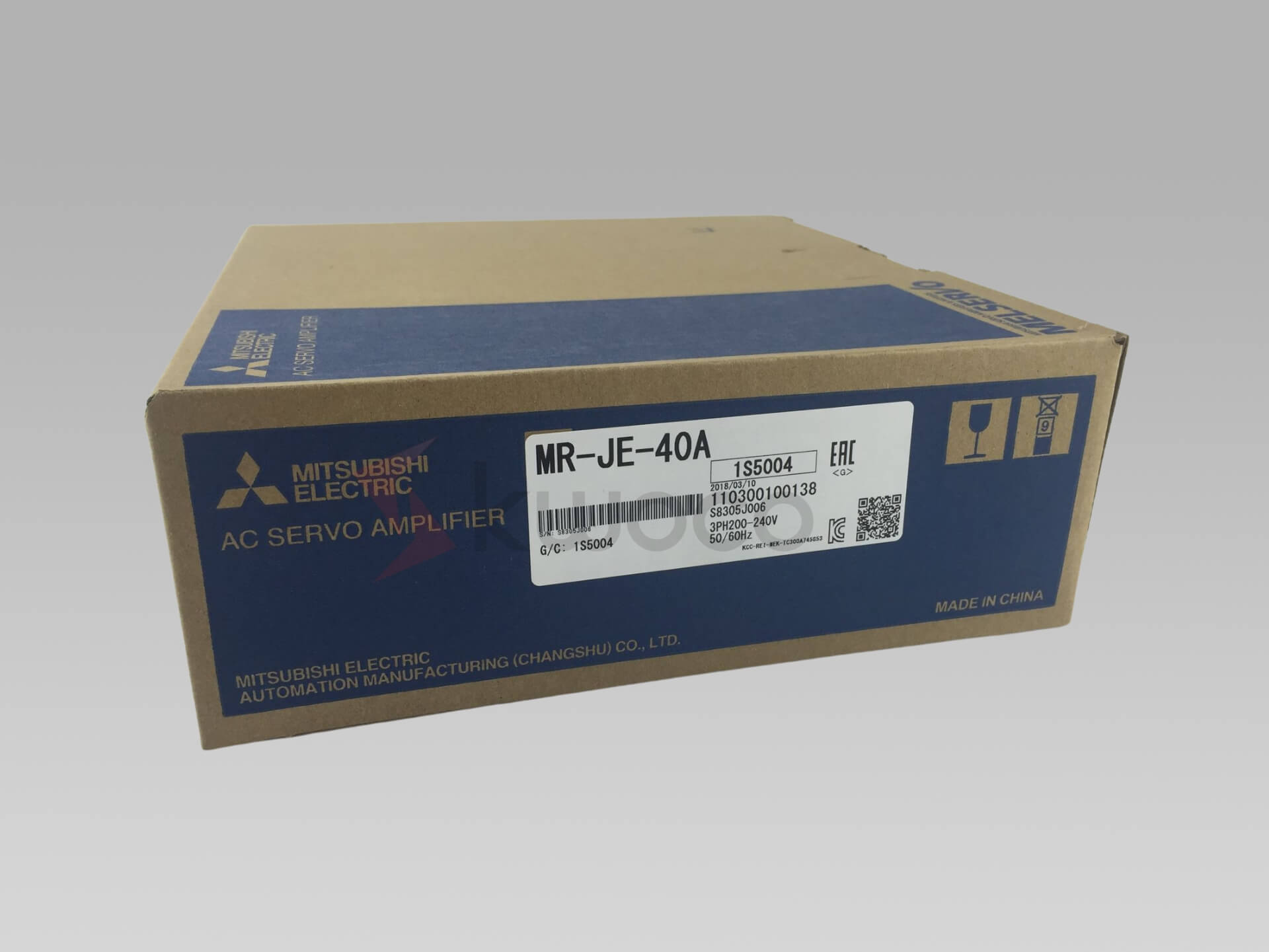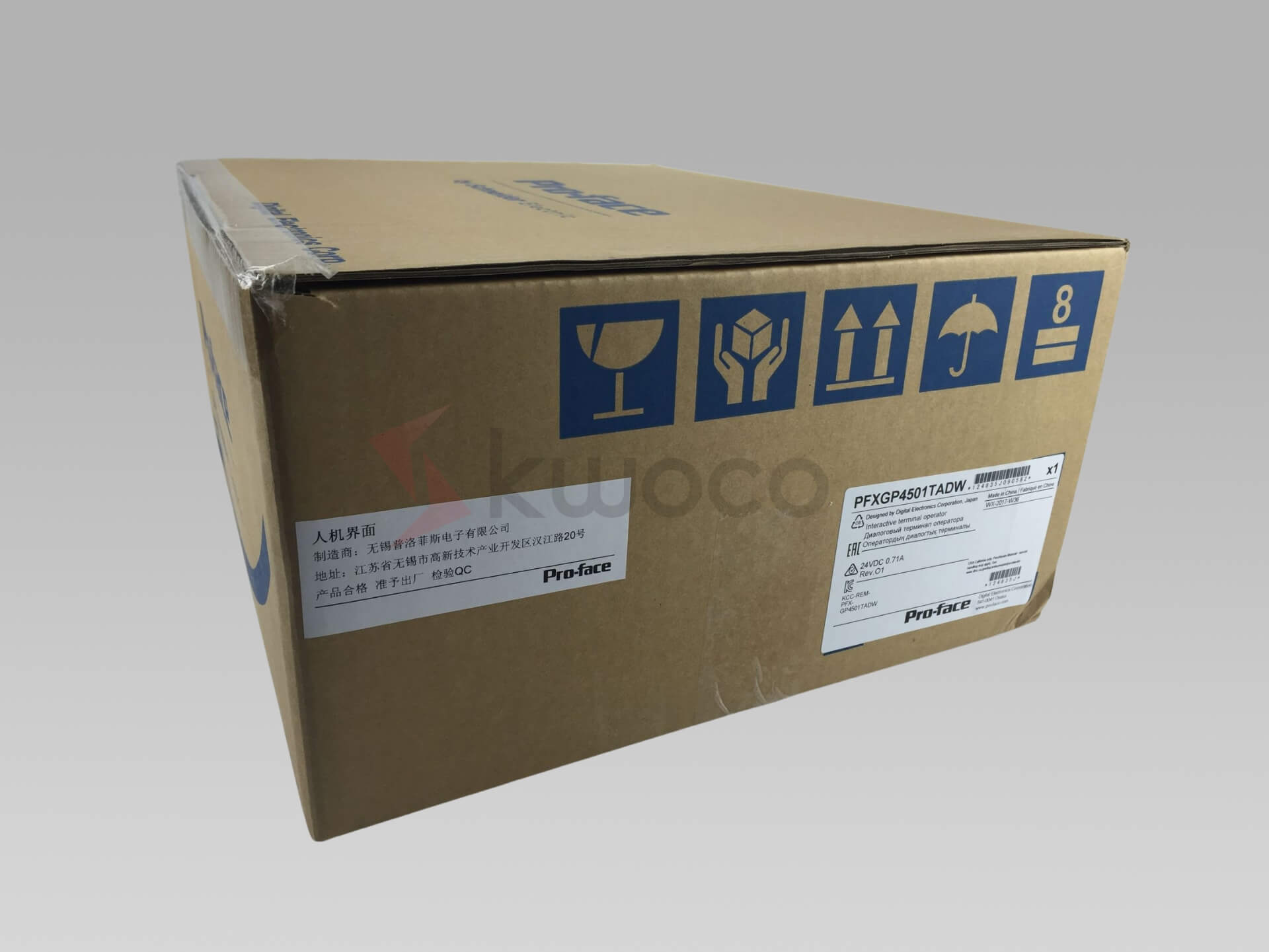Mastering the Operating Mode of a Timer Switch: A Comprehensive Guide
Table of Contents
1. What is a Timer Switch and How Does it Work?
A timer is a specialized type of clock used for measuring time intervals. Timer switches are devices that control an electrical circuit based on a set time. These devices are integral in industrial automation, allowing for precise control over various processes.
From controlling lighting to managing complex machinery, timers are essential. The operation of a timer switch typically involves setting a desired time interval after which a switch changes its state (on or off).
When a voltage is applied to the timer power supply section, the timer starts its operation. It counts clock cycles or measures the time until a preset value is reached. For example, a simple timer might turn on a device for a specific time interval and then turn it off.
In electrical engineering terms, a timer is a component that helps in managing and controlling time-based operations in circuits and systems. The timer circuit starts when the input signal is received.
2. What Are the Different Types of Timers Available?
There are various types of timers available, broadly categorized into analog timers and digital timers. Analog timers typically use a knob or dial to set time and are often simpler in design.
They are reliable and straightforward for basic timing needs. The operating mode is very easy to understand.
Digital timers, on the other hand, offer more precision and flexibility. They can be programmed for various functions, including on-delay, interval, and repeat cycle operations. Mitsubishi PLC is a good option in this case.
For instance, in a machinery and equipment factory, digital timers can be used to automate complex sequences, enhancing efficiency and productivity. These timers are also referred to as counters often.
3. What Does Operating Mode Mean for a Timer?
The operating mode of a timer refers to the specific way the timer functions to control a circuit. Common modes of operation include on-delay, interval, and off-delay. Understanding these modes is crucial for selecting the right type of timer for your application.
In on-delay operation, the timer delays turning on a device after receiving an input signal. The set time determines the duration of the delay. Interval operation involves turning on a device for a specific time interval and then turning it off.
The off-delay operation does the opposite, turning off a device after a set time delay. Choosing the correct mode of operation ensures that your machinery and equipment function as intended, optimizing the production process. There are many applications of timers.
4. How Are Timer Switches Used in Industrial Automation?
Timer switches play a pivotal role in industrial automation. They are used to control a wide range of devices and processes, from simple tasks like turning on lights to complex operations in manufacturing plants. The timer has various applications.
Timers are used for various types of operations. The applications and characteristics of timers must be known. Timers are used to keep a record of external events occurring.
In a factory setting, timers can automate the start and stop times of machinery, ensuring that equipment runs only when needed. This not only saves energy but also reduces wear and tear on the machinery.
Additionally, timers can be integrated into safety systems, such as automatically shutting down equipment if a fault is detected. In electrical engineering, timers and digital timers are crucial components in circuit design. They are extensively used in daily life and in practical devices.
5. How Does On-Delay Operation Work in Timers?
On-delay operation, also known as power on-delay operation or signal on-delay operation, is a fundamental function in many timers. When a voltage is applied to the timer, the timer waits for the set time to elapse before activating the output. The timer counts until it reaches the preset time.
For example, in a manufacturing process, an on-delay timer can be used to ensure that a conveyor belt starts moving only after all other equipment is ready. This synchronization is crucial for smooth and efficient operation.
Understanding the on-delay function is essential for properly configuring your timer and achieving the desired results in your industrial processes. A preset time delay is essential. The timer is started when a voltage is supplied.
6. What is the Importance of the Interval Function in Timers?
The interval function in timers is used to turn a device on for a specific time interval and then turn it off. This function is particularly useful in applications where a device needs to operate intermittently.
For instance, in an irrigation system, an interval timer can be used to water plants for a set duration at regular intervals. In a manufacturing setting, this function can control processes that require periodic activation, such as applying a coating or running a test cycle. The interval function adds versatility to your timer, allowing for more complex control scenarios.
7. How Can Digital Timers Benefit My Manufacturing Process?
Digital timers offer numerous benefits for manufacturing processes. They provide precise control over timing, allowing for accurate automation of various tasks.
With features like programmable set time and multiple operating modes, digital timers can handle complex sequences and improve overall efficiency.
In our experience at Industrial automation, digital timers have been instrumental in streamlining operations. For example, using a digital timer to control the curing time of a product can ensure consistent quality and reduce waste.
Additionally, digital timers can be easily integrated into larger control systems, such as those using Omron PLC or Proface HMI, providing a comprehensive automation solution. You can find out more information about Proface HMI at the link. Timers are also referred to as counters.
8. How to Choose the Right Timer for Your Application?
Choosing the right type of timer depends on the specific needs of your application. Consider factors such as the required operating mode (on-delay, interval, etc.), the precision needed, and the environment in which the timer will operate. Timers are used to measure specific time intervals.
For basic applications, an analog timer might suffice. However, for more complex processes, a digital timer with advanced features is often the better choice.
Evaluate the voltage requirements and ensure that the timer can handle the electrical load of your equipment. Consulting with experts like us can help you make an informed decision and select the timer that best fits your needs. For more details, please contact us.
9. What Are Some Advanced Features of Modern Timers?
Modern timers, especially digital timers, come with a variety of advanced features. These include multiple time ranges, programmable settings, and the ability to interface with other devices. Some timers offer features like pulse output, which can be used to generate baud rates for communication systems.
Advanced timers can also be used in an embedded system to provide sophisticated control functions. For instance, a timer can be programmed to trigger an interrupt when a certain condition is met, allowing for real-time control and monitoring.
These features enhance the capabilities of your automation systems, making them more flexible and responsive. The timer is configured to start.
10. Why are Timer Switches Essential in Embedded Systems?
In embedded systems, timer switches are crucial for managing and controlling various operations. An embedded system often requires precise timing for tasks such as data acquisition, signal processing, and control functions. They are also generated with the help of timers.
Timers in embedded systems can be used to generate clock signals, measure the duration of events, and synchronize different parts of the system.
For example, in a microcontroller-based system, a timer can be used to control the duty cycle of a PWM signal or to schedule periodic tasks. Understanding the role of timers in embedded systems is essential for designing and implementing effective control solutions.
Frequently Asked Questions
Analog timers use mechanical or simple electronic means to set time, typically with a knob or dial. They are straightforward and reliable for basic timing needs. Digital timers, on the other hand, use digital circuits and displays, offering greater precision, multiple functions (like on-delay, interval, repeat cycle), and programmability. They are more versatile for complex applications.
An on-delay timer starts counting time when a voltage is applied or an input signal is received. Once the preset time has elapsed, the timer activates its output, such as turning on a device. This delay ensures that the device starts operating only after a specific duration, which is useful for synchronizing operations in a sequence.
Yes, timers can be used in safety applications. For example, they can automatically shut down machinery if a fault is detected or after a certain period of inactivity. This helps prevent accidents and ensures that equipment operates safely.
The interval function allows a timer to turn a device on for a specific time interval and then turn it off. This mode is useful for operations that need to be performed intermittently, such as running a motor for a set duration at regular intervals. It helps in automating processes that require periodic activation.
Choosing the right operating mode depends on your application’s needs. Use on-delay if you need a device to start after a delay, interval if the device should run for a specific period, and off-delay if the device should turn off after a set time. Consider the sequence of operations and how each device should be controlled.
Power your projects with brand-new, original Omron, Mitsubishi, Schneider PLC – in stock, ready now!
Conclusion
- Timers are essential devices for controlling time-based operations in various applications, from simple household tasks to complex industrial processes.
- There are two main types of timers: analog and digital, each with its own set of features and benefits.
- Understanding the different operating modes of timers, such as on-delay, interval, and off-delay, is crucial for selecting the right timer for your needs.
- Digital timers offer advanced features and programmability, making them ideal for industrial automation and embedded systems.
- Properly configuring and using timers can significantly improve efficiency, safety, and productivity in manufacturing and other industrial settings.
- Choosing the right timer involves considering factors like precision, operating mode, and environmental conditions.
For further assistance and to explore how our products can enhance your industrial automation processes, please visit our website or contact our team. Let us help you optimize your operations with the power of precise timing.
Contact Us
Just fill out your name, email address, and a brief description of your inquiry in this form. We will contact you within 24 hours.
You May Also Find These Topics Interesting
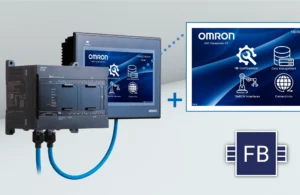
Siemens vs. Omron PLC: Which One Is Right for Your Project?
When choosing a PLC, I often get asked, “Which one is better: Siemens or Omron?” It’s a complex question. As an engineer at Kwoco, my advice is that selecting a PLC isn’t about which brand is better, but which one fits your specific needs.
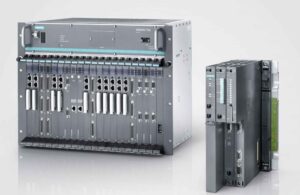
Siemens SIMATIC Controller: The Brain Behind Seamless Automation
This blog post delves into the world of Siemens SIMATIC controllers, explaining why they are a cornerstone of modern industrial automation and highlighting their benefits for machinery and equipment factories, manufacturers, and factory solution companies. We aim to demonstrate how SIMATIC controllers can transform your operations, improve efficiency, and ultimately, drive profitability. As a business specializing in industrial automation and industrial control products for manufacturing plants, we understand the critical role that reliable and adaptable control systems play in today’s competitive landscape.
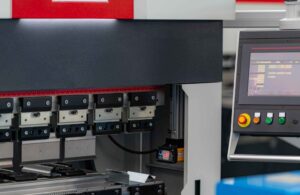
Understanding Mitsubishi PLC Programming: Languages and Tools
In the fast-evolving world of industrial automation, selecting the right PLC programming language is crucial. Many engineers and technicians grapple with understanding which languages best suit Mitsubishi PLCs and how to effectively utilize them for optimal performance.

